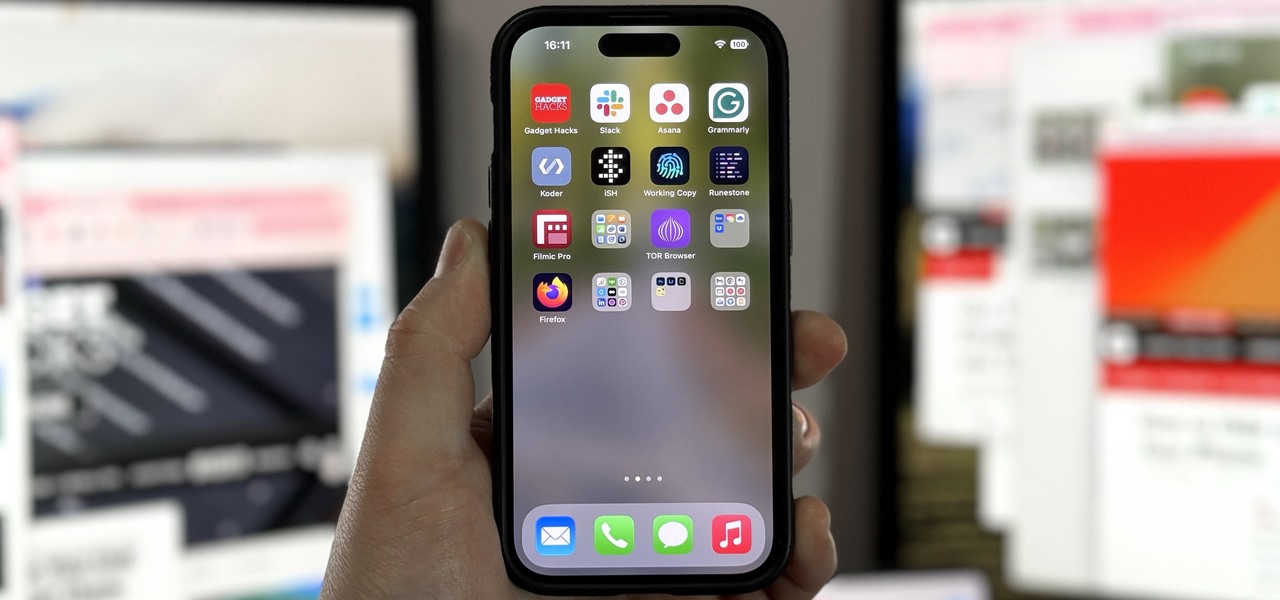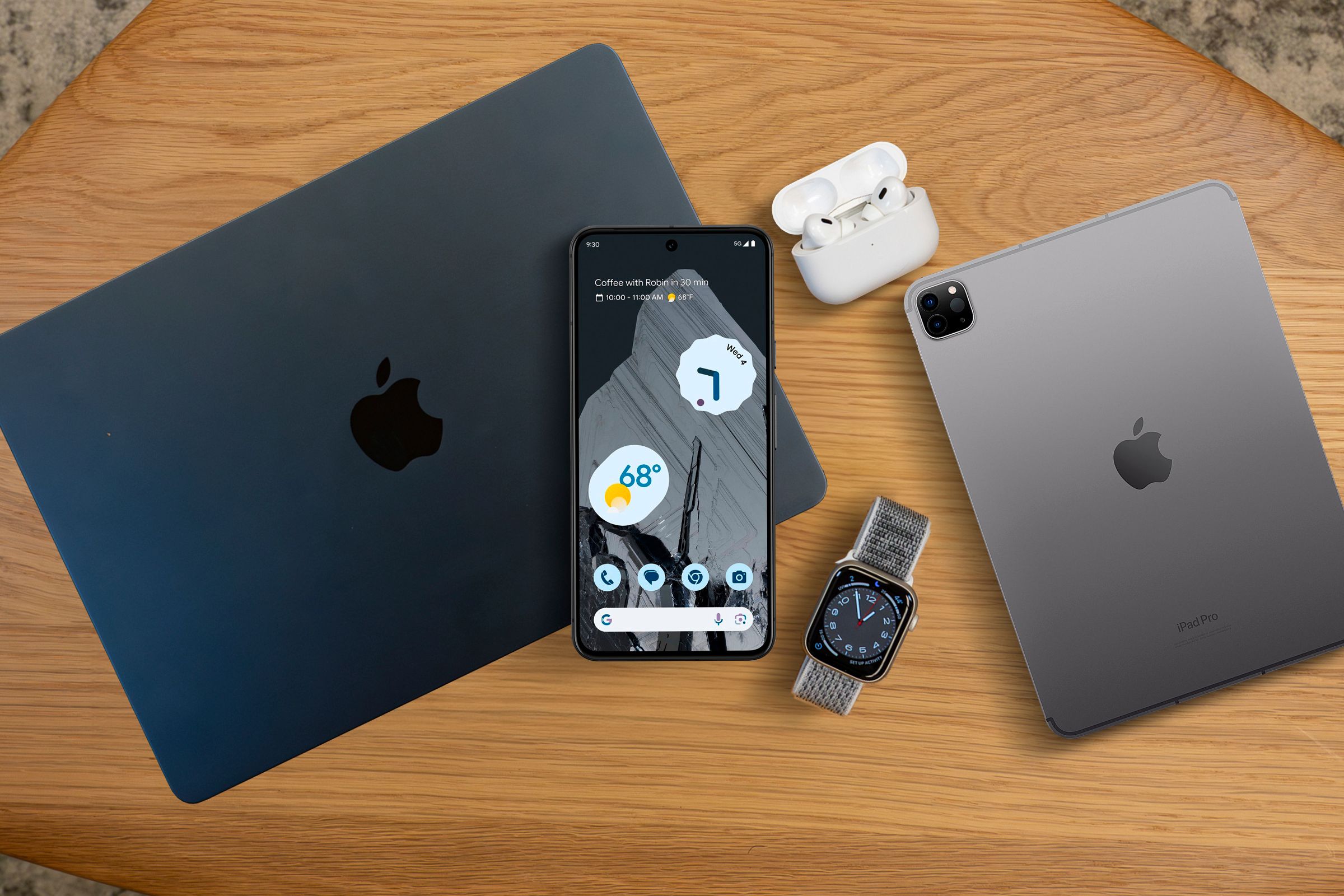How to Check iPad Battery Health
iPad
Quick Links
-
How to Check Battery Health on Modern iPads
-
Assessing Battery Health on Older iPads
-
Check iPad Battery Health Using Specialized Software
-
When Do I Need to Replace My iPad’s Battery?
-
Battery Health Monitoring Coming to All iPads (Eventually)
Key Takeaways
- iPad Pro and Air show battery stats under System Settings > Battery, but older iPads do not.
- On older iPad models you can dump analyrtics and scroll through them or use a Shortcuts workflow to find battery health information (iMazing and coconutBattery apps are another option).
- Consider replacing your iPad’s battery if you’re noticing issues like a short life span, sluggish performance, or sudden power depletion (or even if your iPad is just old).
Assessing battery health help you gauge its wear, but only recent Apple tablets display vitals like the number of charge and discharge cycles. Follow along as we show you all the ways you can unearth crucial battery health stats on an iPad, including a workaround for older iPads.
How to Check Battery Health on Modern iPads
The iPad Pro powered by the M4 chip and the M2-based iPad Air, both released in 2024, are the only models which expose crucial battery health stats to the user. If you have one of these, venture into Settings > Battery > Battery Health to check crucial stats like cycle count, dates of manufacturing and first use, the current maximum capacity, and more.
Battery Healthgives you an assessment of the overall state of your iPad’s battery, including whether it’s functioning normally or a replacement is recommended.
Maximum Capacity is another important piece of information. All rechargeable lithium-ion batteries have a limited lifespan. Your iPad battery’s maximum capacity declines every time you charge or use it. When it falls below the 80% threshold, the operating system will start reducing system performance, which can be fixed by swapping the battery.
Apple’s support page
explains that iPad batteries are designed to retain 80% of their original capacity after 1000 complete charge cycles.
Cycle Count is also a crucial metric for battery health, expressed as the number of times the device has depleted the battery’s capacity. One charge cycle is equated to 100% of the battery’s capacity. “A complete charge cycle is normalized between 80% and 100% of original capacity to account for expected diminishing battery capacity over time,” Apple clarifies.
Manufacture Date and First Use denote when the battery was made and first used.
Turning on the 80% Limit option
will cause the operating system to stop charging when the battery hits 80%, which helps decrease its wear and prolong lifespan.
Return to the previous screen (Settings > Battery) to glean charts that help you visually identify the biggest battery hogs in the last 24 hours or ten days, check out Apple-recommended tips for how to lower battery consumption, and more.
Assessing Battery Health on Older iPads
iPadOS logs the maximum battery charge and cycle count, which you can use to interpret the state of your iPad’s battery health. To access this, head to Settings > Privacy & Security > Analytics & Improvements > Analytics Data and tap on the latest entry near the top of the screen with “Analytics” in its title (e.g. “Analytics-2024-08-25-020248.ips.ca.synced”).
Copy and paste the log’s contents into a new note on your iPad or other text editing app. Alternatively, unselect text, hit the Share menu, and send the whole log to your Mac via AirDrop, then right-click the file and choose Open With > TextEdit (or your favorite text editor).
Now press Command + F in TextEdit on the Mac or choose “Find in Note” from the ellipsis menu in the Apple Notes app on the iPad to search for “MaximumCapacityPercent.” Next to that label is a number representing the battery’s current maximum capacity.
You can also search for “CycleCount” in the same log to find an entry with a number next to it that describes your current battery cycle count, another factor in overall battery health.
The diagnostics dump method is a bit convoluted, but it works. But wouldn’t it be great if you didn’t have to search through diagnostics logs manually?
IPad Battery Health via Shortcuts Automation
I discovered on Reddit an automation script built-in Apple’s Shortcuts app that deciphers relevant data from a diagnostics dump. Plus, it’s readily available via the Share menu. Download the Battery Stats shortcut using Safari on your iPad and click the Get Shortcut button to confirm importing it into the All Shortcuts section of the Shortcuts app.
Now open an analytics entry in Settings > Privacy & Security > Analytics & Improvements > Analytics Data, hit the Share menu, and choose “Battery Stats” from the list of actions.
After a few moments, the shortcut will present its findings in a standard text box.
If you don’t see the Battery Stats option in the Share menu, touch the Battery Stats tile in the Shortcuts app to run the automation at least once. You won’t see any output, but the shortcut will be added to the systemwide Share sheets.
Check iPad Battery Health Using Specialized Software
If you’ve not had much luck with the previous method, you can use a third-party app to measure your iPad battery health instead. The iOS device manager iMazing and the specialized coconutBattery app are great choices, and both apps are free for personal use.
Check iPad Battery Health with iMazing
Download iMazing onto your Mac or Windows PC, install the app, launch it, and click “Continue Trial” to activate your free trial. Now plug your iPad into a computer and make sure to grant permission on the Trust This Computer screen. You may need to confirm another prompt on your Mac, if using one.
If you just want to do a one-time check, feel free to cancel your iMazing trial after getting what you need. iMazing is available as a one-time purchase or recurring subscription for consumers and businesses, with multi-device tiers available.
To check battery health with iMazing, select the Devices option in the sidebar and click your iPad on the right-hand side to open a screen with detailed device information.
Next, hit the battery indicator in the lower-right corner of the screen.
Ignore the percentage in the center of the window (that’s your current charge) and instead take a look at “Battery Effective Max. Charge” and “Battery Charge Cycles” in the right-hand section to see the maximum battery capacity and the number of completed charge cycles.
Check iPad Battery Health Using coconutBattery
Download coconutBattery to your Mac and double-click the ZIP file in your Downloads folder to extract the archive. Next, launch the app and connect your iPad to your Mac using the USB cable that came with it, then select the iOS Device tab and click the “Battery Info” button.
If you see an error message saying the app is from an unidentified developer,
bypass the Gatekeeper security feature
by right-clicking the file and choosing “Open” from the menu, then confirm by clicking “Open” again.
You’ll see various battery data, including when the battery was manufactured and by what supplier, age in days, cycle count, the maximum current capacity (Full Charge Capacity) versus original capacity (Design Capacity), and other useful stats.
When Do I Need to Replace My iPad’s Battery?
Rather than based on an arbitrary percentage, you should consider replacing your iPad battery when you start noticing issues with your device, a more sure sign of poor battery health. Test the iPad for shorter-than-expected battery life, sudden loss of power, or more serious issues like sluggish performance.
Apple will replace an out-of-warranty battery for a fee ranging from $99 for most older iPad, iPad Air, and iPad mini models to $119/$149 for the two iPad Air sizes and all the way up to $179/$199 for the 11 and 13-inch iPad Pro. Visit this
Apple support page
to figure out the cost of a battery replacement for any particular iPad.
When the battery is significantly degraded, your iPad will intentionally run slower in a bid to preserve power and avoid sudden shutdowns at peak performance. The good news is, replacing the battery will restore the device’s performance to 100%.
Battery Health Monitoring Coming to All iPads (Eventually)
Apple certainly doesn’t make it easy to assess iPad battery health in the same way it does on an iPhone or MacBook. This will change over time as future iPads are expected to incorporate the latest battery technology that debuted on the 2024 iPad Pro and Air.
If your iPad is old, you might want to consider an upgrade regardless of the battery health. Check out our best iPad recommendations to find the right model for you. You might want to consider some iPad Pro accessories and iPad stands, too.
























